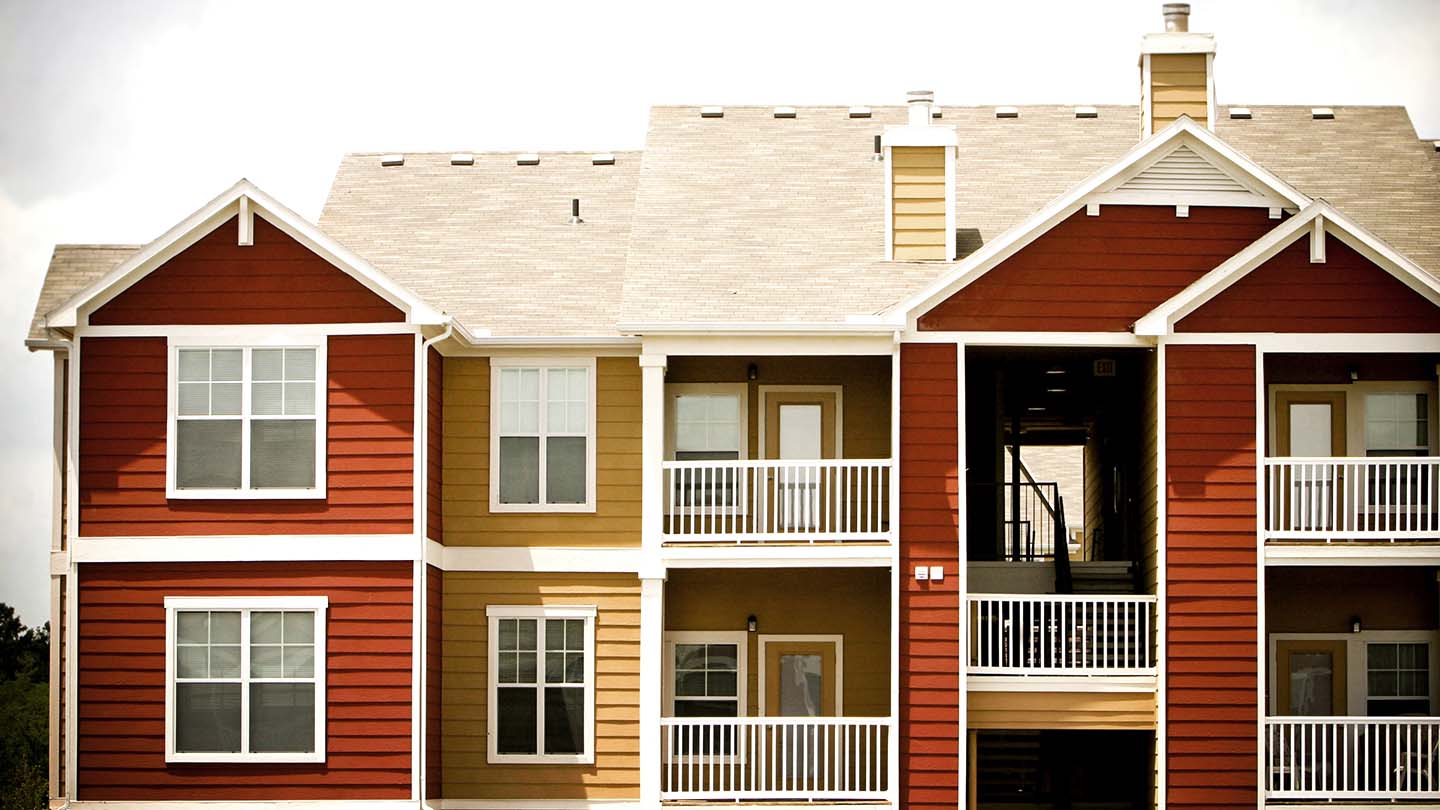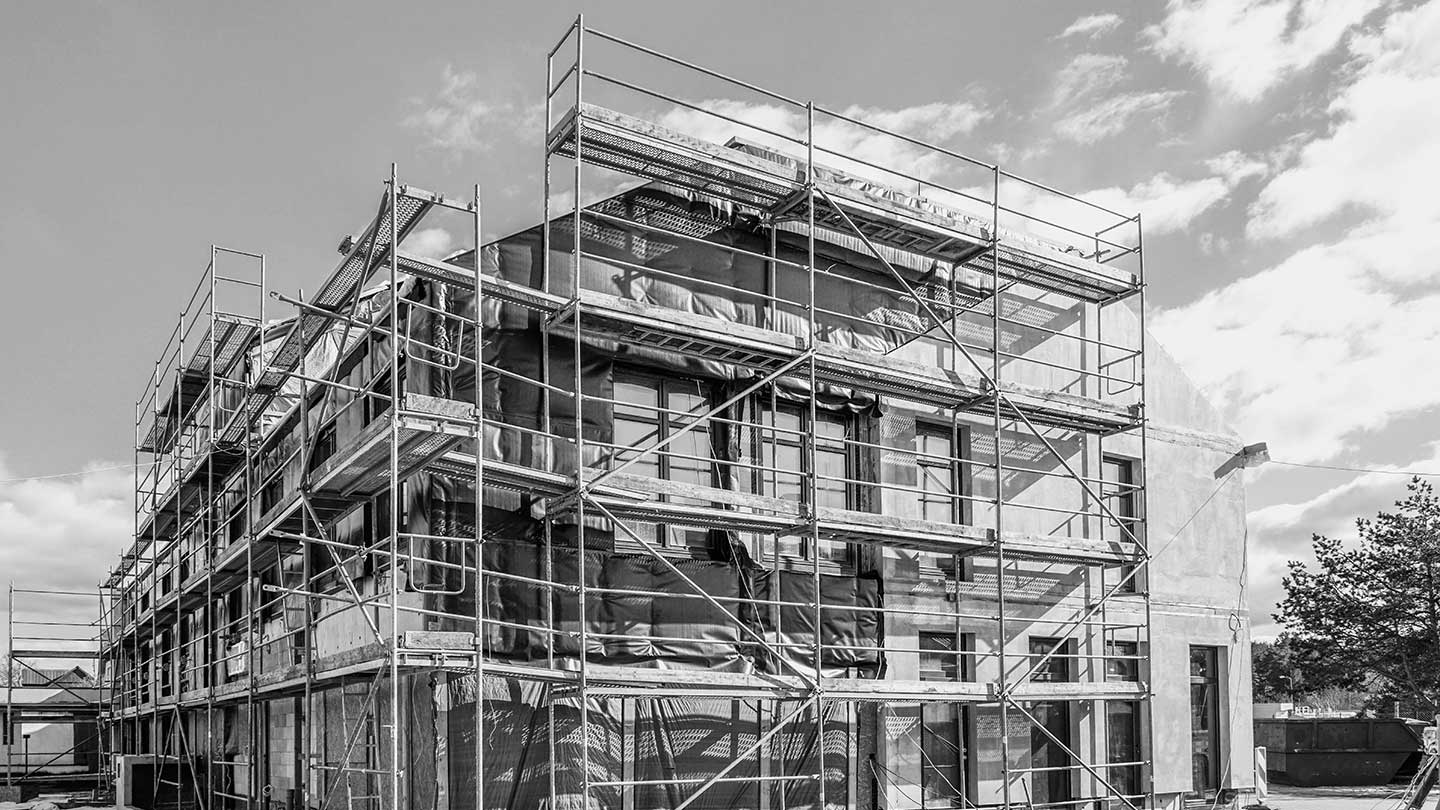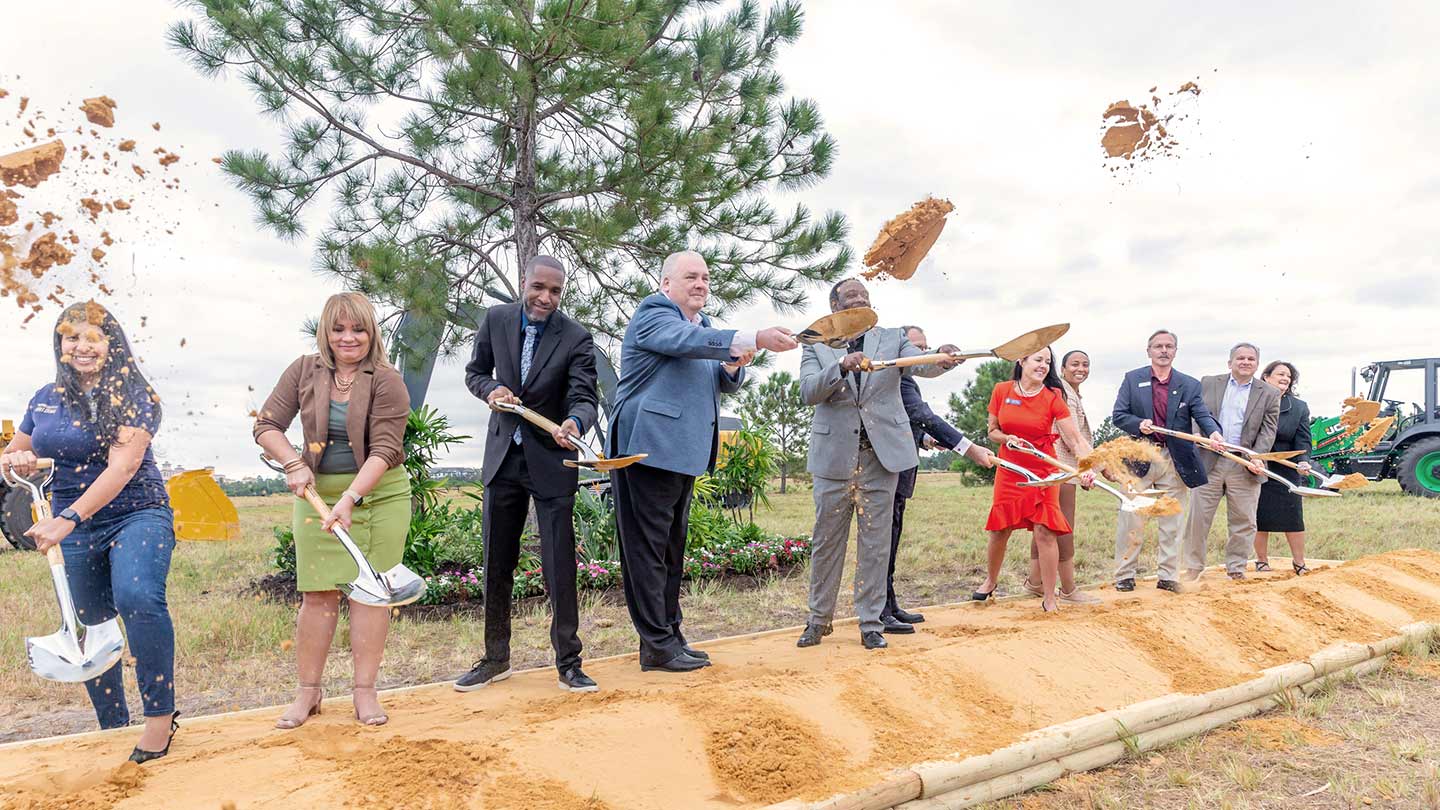
5 min read
The affordable housing crisis impacts countless families and individuals across the nation—and it disproportionally affects the most vulnerable populations.
Many populations face unique, complex challenges related to their health, circumstances or trauma, including:
- Seniors
- Youth transitioning out of foster care
- Farmworkers
- Individuals with special needs, including disabilities, mental health concerns, substance abuse issues
- Previously unhoused individuals and families
- Veterans
As required per fair-housing laws, residents across all demographics are welcome at affordable housing properties. However, affordable housing projects may specifically serve one of the aforementioned vulnerable populations—which can benefit from safe, decent and affordable housing with intentional project design, long-term financial support and services tailored to their needs.
Keys to serving vulnerable populations
While no two populations are the same, vulnerable demographics all benefit from:
- Experienced, knowledgeable staff: It’s important that property managers and support teams understand the populations they serve and have direct experience addressing vulnerable residents’ unique challenges. Welcoming individuals and families to their new homes may include supporting them in transitioning from difficult situations and accessing resources. Permanent supportive housing (PSH) staff also plays an essential role in helping residents remain housed with dignity. When difficulties arise—such as missed payments or complaints from other residents—staff may work closely with case workers to address the issues by exploring long-term solutions, rather than eviction.
- Providing amenities and support services: Successfully serving vulnerable populations means providing custom amenities and services—which should be part of the project design from the beginning, not an afterthought. These may include separate TV rooms for older residents, safety features such as grab bars and medical alert systems, shared kitchens to encourage socializing and healthy eating, and spaces tailored to specific groups’ needs. For example, some of People’s Self-Help Housing’s properties housing farmworkers include outdoor shoe-rinsing areas and first-floor showers so workers can avoid walking through their apartments in dirty clothing. More broadly, it involves addressing needs beyond housing. The residents may benefit from services such as mental health counseling, job training, home care and financial coaching. It can get even more specific. For example, transition-aged youth may require sex education, and seniors can benefit from services to help them age in place.
Our impact in the Western U.S.
$5.2B
In financing for affordable housing
16K+
Affordable housing units financed
*JPMorgan Chase Community Development Banking, 2021-2023
Affordable housing providers leading by example
Many JPMorgan Chase Community Development clients are successfully implementing strategies to serve vulnerable populations with dignity. Developers spend time upfront to tailor their projects to specific demographics, assembling expert teams to weigh in on the building layout, staffing, operating and services budgets, property management and services plans.
Angle Lake Family Housing in Seattle
$35.9M in tax-exempt construction bond financing, and a maximum permanent tax-exempt loan of up to $16.3M from JPMorgan Chase
Located adjacent to the southernmost stop on Seattle’s light-rail system, Mercy Housing’s 130-unit mixed-use project includes studio, one-, two- and three-bedroom units affordable to households with incomes between 30% and 60% AMI. Of those units, 26 are set aside for individuals with intellectual and developmental disabilities and their families.
The property includes 10,731 square feet of ground-floor commercial space. The space will serve as the headquarters for Arc of King County, which promotes and protects the rights of people with intellectual and developmental disabilities. Arc of King County’s services include case management, financial management assistance, and support for accessing and understanding medical services.
City Center Apartments in Fremont, California
$19M construction loan and $21M in Low Income Housing Tax Credit (LIHTC) equity from JPMorgan Chase
The 60 studio and one-bedroom project includes 16 units for formerly homeless individuals earning 20% to 30% of the Area Median Income (AMI), 29 for homeless veterans earning 20% to 50% AMI and 14 for the general population earning 40% to 60% AMI.
The developer’s service arm, Abode Services—one of the Bay Area’s largest homeless housing and services provider—provides on-site case management, job counseling and referrals, financial literacy courses, mental health support and other social services.
East Garrison Apartments in Marina, California
$26.2M in construction financing and an $8.5M tax-exempt permanent loan from JPMorgan Chase
CHISPA’s garden-style property includes 66 one-, two- and three-bedroom units for residents with 30% to 60% AMI. Of those, 43 are reserved for farmworker households.
The Central Coast YMCA and Loaves, Fishes and Computers provide on-site social services, including after-school programs and computer education for adults and children.
Eastern Land Apartments in Las Vegas
$10.4M in construction financing and $675K in permanent financing from JPMorgan Chase
The three-story residence includes 60 one- and two-bedroom units, including 51 units affordable for seniors 55 years and older who are at or below 50% AMI. With experience dating back more 50 years, CHISPA developed, built and now manages the property.
The property includes on-site support staff and a resident coordinator to assist residents in remaining physically and financially self-sufficient.
Imagine Village in Lancaster, California
$32.9M in construction LIHTC financing from JPMorgan Chase
The second phase of Abbey Road’s Imagine Village features 80 studio, one-, two- and three-bedroom units for residents earning 30% to 60% AMI, with 13 units set aside for Transition Age Youth (TAY). Supportive services are available for low-income families, TAY experiencing homelessness and households experiencing mental health issues.
The community is located adjacent to the Penny Lane Center, which provides services for low-income individuals and families, such as youth counseling, foster care/adoption assistance, a parent academy and mental health services.
Tistilal Village in Portland, Oregon
$18.9M taxable construction loan and $3.8M permanent loan from JPMorgan Chase
Developed by Native American Youth and Family Center (NAYA), the property’s 57 garden-style apartments are targeted to residents between 30% and 50% AMI. Of those units, 16 are PSH for individuals and families experiencing chronic homelessness.
The Native American Rehabilitation Association provides culturally specific supportive services to residents in the 16 PSH units. Amenities and services for the other units aim to foster a trauma informed, community-focused setting for residents.
Veterans Square in Pittsburg, California
$12.9M in construction financing from JPMorgan Chase
Veterans Square features 30 units, 29 of which are reserved for the formerly homeless earning 20% to 50% AMI, including 19 units for formerly homeless veterans and 10 set aside for homeless residents with serious mental illness.
The developer, Satellite Affordable Housing Associates (SAHA)’s property management experience dates back more than 50 years. SAHA also has extensive experience supporting family, senior, and special needs households.
The need for flexible resources and operating tools
The affordable housing industry is tasked with solving more than the housing crisis. It also faces a mental health and substance abuse crisis, a lack of options for seniors to age in place and income issues pushing more low-wage workers and seniors on fixed incomes onto the streets.
The industry is working with public entities and affordable housing developers to expand the toolbox to meet the needs of the growing number of individuals and families in need of both affordable housing and attainable housing for the workforce. But it’s crucial to acknowledge that affordable housing for the most vulnerable comes with unique challenges that require strategies and flexible tools.
This means increasing long-term, predictable and reliable resources to support both operations and the appropriate scope of services while having a solid plan to staff those properties effectively in the future. It also means adapting existing affordable housing tools to focus more on unit production for specific needs of vulnerable populations, thus being more nimble and less siloed from other financial resources. Examples could include facilitating the access to a variety of health and social services funds without over complicating the layering of resources and requirements; and allowing more flexibility in the LIHTC and associated programs to provide 24/7 intensive care on site for some populations so they can age in place; and finally, acknowledging the PSH approach might not be ‘one size fits all’. Public resources may be used more effectively if tools were intentionally offering a variety of options to address different needs of the unhoused, differentiating between those with high acuity challenges who require intensive services and staffing, and those who don’t require such resource-intensive support. Focusing more public resources on housing for the highest needs among the unhoused, while minimizing private permanent debt on these projects, may provide more room to adjust operations and services over the years to better serve the residents and protect the viability of those projects in the long run.
The bottom line: Successfully serving vulnerable populations requires a multipronged approach that includes training and retaining experienced staff members who understand the demographics they serve and implementing amenities and services designed with specific vulnerable groups in mind.
Access to long-term, reliable financing for services and property operations is key to this approach, as is the ability to use existing financing tools in a flexible manner, to tailor them to the needs of specific populations.







